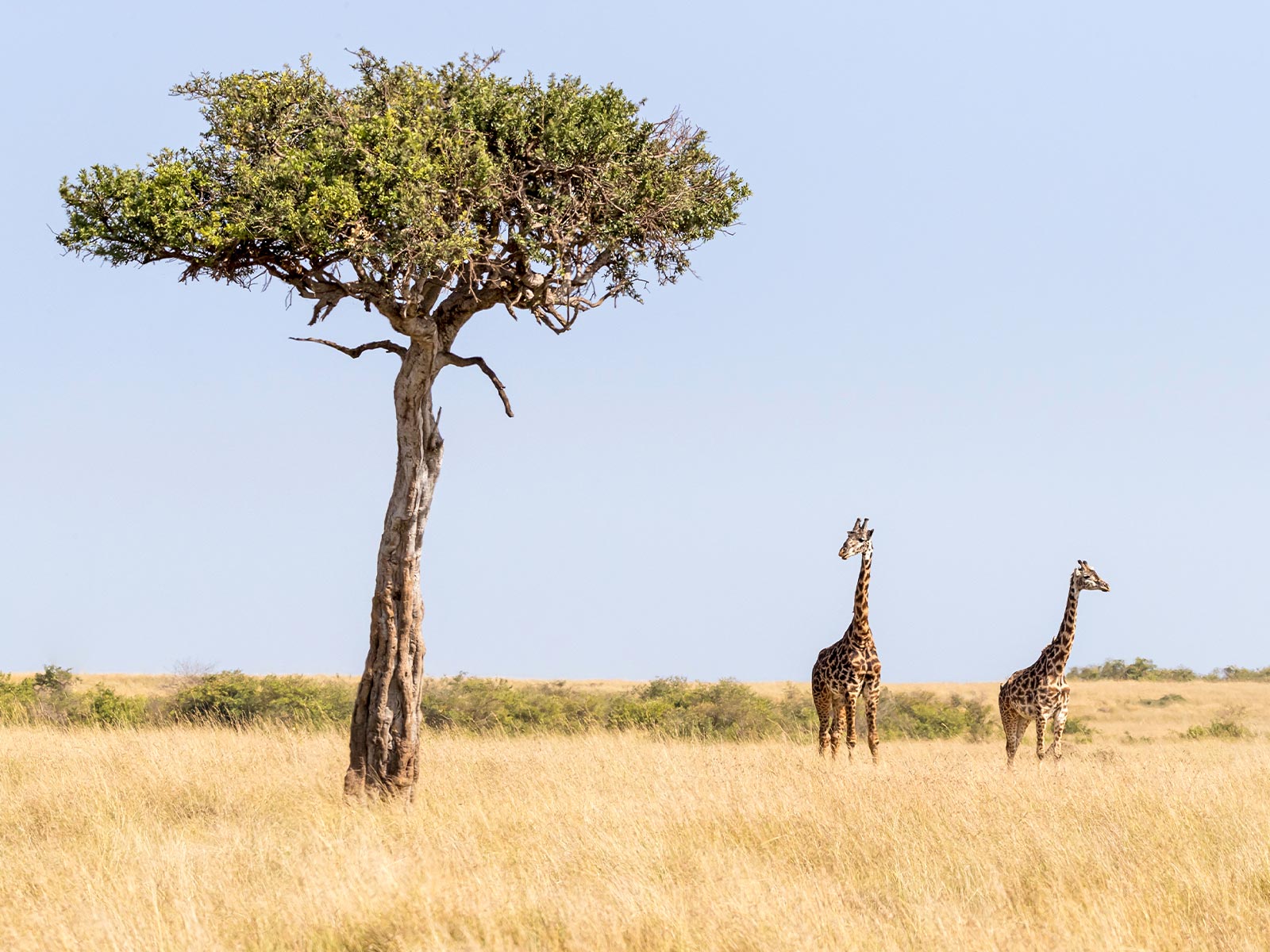Want a nature fact that will amaze your kid? Acacia trees can communicate with each other!
They may not do it with a voice like ours, but they are still able to communicate and help each other. Out on the African savannah, for example, if an acacia tree is being eaten a little too enthusiastically by giraffes, the tree sends out a warning to other trees in the area!
They do this by releasing a chemical called ethylene gas. The gas travels on the breeze and tells other acacia trees that there are hungry giraffes nearby. Once the warning is received, the acacia trees in the area flood their leaves with defensive and yucky-tasting tannins to stop the giraffes from eating them! This is an example of adaptation.

These trees have also developed other useful ways of discouraging animals from eating its leaves. It developed very long, sharp thorns and it has a symbiotic relationship with stinging ants. Symbiosis is when two different organisms live together and their relationship is good for both of them! These ants live in hollowed-out acacia thorns, and they eat nectar produced by the tree. In exchange, these ants defend their homes by stinging other insects or animals that come too close.
If the invisible world of gases has your kid intrigued, they may enjoy doing some experiments using our National Geographic Chemistry Kits, which include experiments that show how different substances react to create gases that fill a balloon, or even make a volcano explode!
